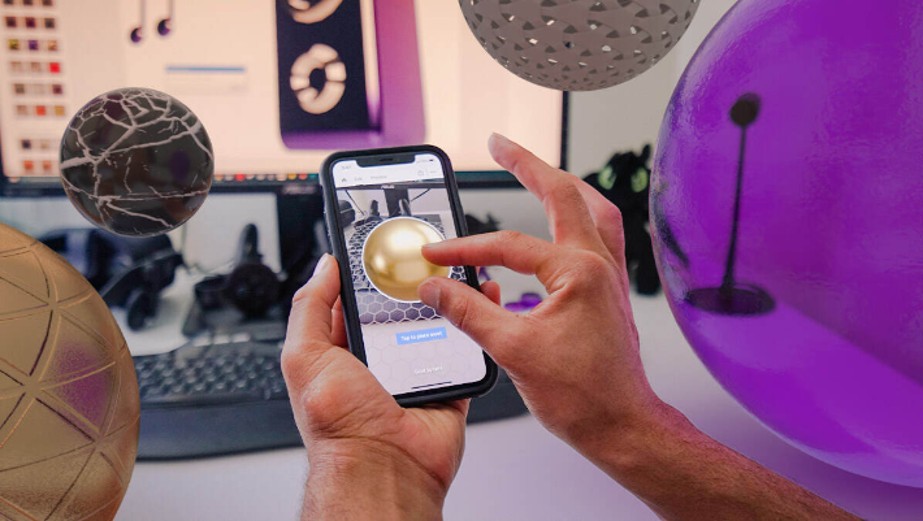NEWS
The Revolution of 3D Design: Harnessing the Power of Software

The advent of 3D design software has revolutionized numerous industries, from architecture and interior design to entertainment and manufacturing. These tools allow designers and engineers to create, visualize, and modify objects in a three-dimensional space, providing a level of detail and realism that was previously unattainable. This article explores the world of 3D design using software, discussing its applications, benefits, and future potential.
Understanding 3D Design Software:
3D Designs Using Software refers to programs that enable the creation and manipulation of three-dimensional models. These models can be used for a variety of purposes, such as product visualization, architectural planning, and digital content creation.
1. Types of 3D Design Software:
- Computer-Aided Design (CAD): Used primarily in engineering, architecture, and product design, CAD software like AutoCAD, SolidWorks, and SketchUp are crucial for creating precise technical drawings.
- 3D Modeling and Animation: Software such as Blender, Maya, and 3ds Max are geared toward animation and visual effects in movies, video games, and other forms of media.
- Building Information Modeling (BIM): Tools like Revit and ArchiCAD allow for the creation of detailed building models, incorporating various data points crucial for construction.
Applications of 3D Design Software:
1. Architecture and Construction:
3D design software is extensively used in architecture for visualizing how a building will look post-construction, facilitating better planning and execution of architectural projects.
2. Product Design and Manufacturing:
In product design, 3D software enables designers to create prototypes, test functionality, and make adjustments before the manufacturing process begins.
3. Entertainment and Media:
The entertainment industry relies on 3D design for creating visual effects, animations, and virtual worlds in movies and video games.
4. Healthcare:
3D modeling is used in healthcare for creating detailed organ models, aiding in surgical planning, and producing custom prosthetics.
The Benefits of 3D Design Software:
1. Enhanced Visualization:
3D design software provides a clear and detailed view of the project, helping stakeholders to visualize the final product more effectively.
2. Increased Accuracy and Efficiency:
These tools enable designers to create precise models, reducing the likelihood of errors and streamlining the design process.
3. Improved Collaboration:
3D models can be easily shared and edited by multiple stakeholders, facilitating better collaboration and communication.
4. Cost-Effectiveness:
By identifying and rectifying issues in the design phase, 3D software can significantly reduce the cost of modifications later in the production process.
Challenges in 3D Design:
1. Steep Learning Curve:
3D design software often comes with a complex interface and numerous features, requiring considerable time and effort to master.
2. Hardware Requirements:
High-quality 3D modeling and rendering require powerful hardware, which can be a significant investment.
3. Keeping Up with Rapid Advancements:
The field of 3D design is constantly evolving, requiring professionals to continually update their skills and software.
Key Features of 3D Design Software:
1. Modeling Tools:
These tools allow for the creation of 3D models from scratch or by modifying existing shapes.
2. Texturing and Material Mapping:
This feature lets designers apply textures and materials to their models, enhancing realism.
3. Lighting and Rendering:
Lighting tools and rendering capabilities are crucial for giving a lifelike appearance to the models, simulating how light interacts with objects.
4. Animation:
In software geared toward media and entertainment, animation tools enable the creation of moving 3D models for films, games, and simulations.
Future Trends in 3D Design:
1. Integration with Virtual and Augmented Reality:
As VR and AR technologies develop, their integration with 3D design software is set to provide even more immersive and interactive design experiences.
2. AI-Driven Design:
Artificial intelligence is expected to play a larger role in automating and optimizing certain aspects of the 3D design process.
3. Sustainable and Smart Design:
With a growing focus on sustainability, 3D design software is likely to include more features that aid in creating eco-friendly and energy-efficient designs.
4. Cloud-Based Solutions:
The shift towards cloud-based platforms will make 3D design more accessible, facilitating collaboration and remote working.
Conclusion:
3D Designs Using Software represents a significant leap forward in the way we create, visualize, and implement designs across various fields. From transforming conceptual ideas into tangible models to enhancing accuracy and efficiency in the design process, these tools have become indispensable. While challenges such as mastering complex software and keeping up with rapid technological advancements persist, the benefits far outweigh the hurdles.










